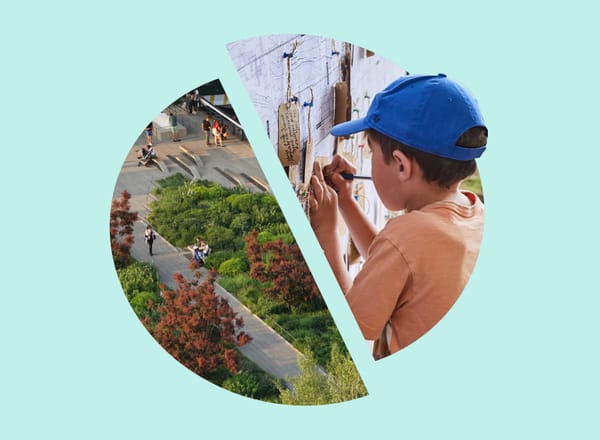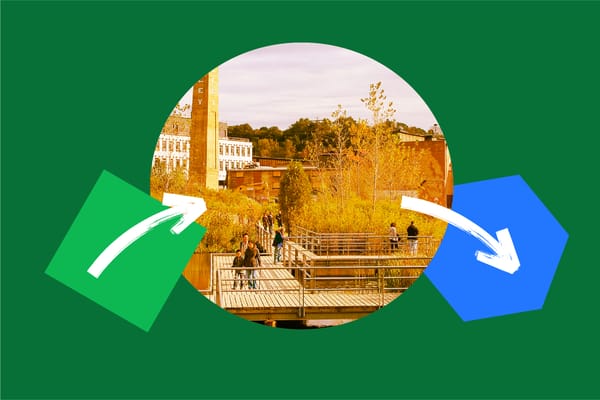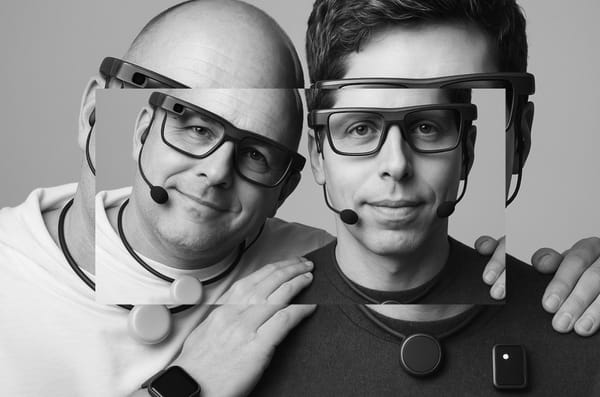Cell Numbers
An interview with Polybion’s co-founder about learning from bacteria and from McDonald’s, plus more
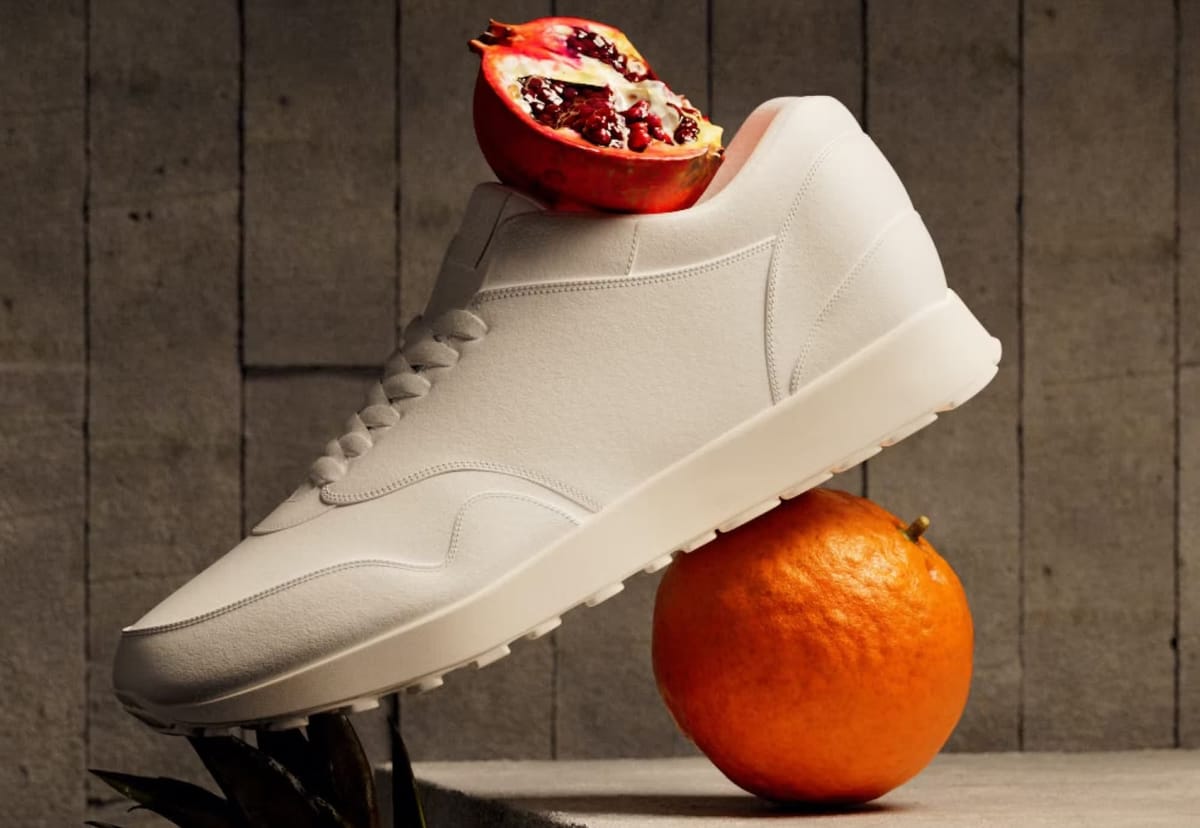
This week, we speak with Axel Gómez Ortigoza, co-founder and CEO of Mexican bio-fabrication startup Polybion, about using bacteria and fruit waste to make a high-performance leather alternative; about lessons he’s learning from McDonald’s; and about mimicking nature to tackle the climate crisis. Scroll to the end for thoughts on the new Toyota Prius, an app recommendation, and some good links.
In 2014, inspired by his experience at a Synthetic Biology competition at MIT, Axel Gómez Ortigoza co-founded Polybion with his brother Alexis and their friend Bárbara González Rolón. In the subsequent years, the company refined its production processes for biomaterials while winning government grants and participating in startup accelerators. In 2018, they derived their first material from a bacterial fermentation process. Upon realizing this could make a high-performance leather alternative, they focused their efforts on this process and product, which they called Celium. Today they are mass producing Celium from fruit waste sourced from around their lab and factory on the outskirts of Irapuato, Mexico. Axel Gómez Ortigoza spoke to us on November 9 from the company’s biomanufacturing facility. –Brian Sholis
Frontier: I read that early in the company’s history you realized that bacteria, and not fungi, should be the “logical” starting point for your work. Can you explain that logic?
Axel Gómez Ortigoza: It’s about scale. Time and again we’ve seen peers who use fungi to create alternative materials have a hard time scaling up their operations. And even if they can increase their output, it can be difficult for them to compete on price with traditional oil-derived products.
More generally, bacteria are easier and more resilient than plants or fungi. Simple cells like bacteria can thrive in hostile environments; some even survive in outer space. Mushrooms are a great material, but we want to scale. Without that growth, we can’t have the positive environmental impact that we want to have. We need to achieve critical mass.
Using bacteria also helped differentiate us—at least at the beginning. The space is getting more crowded. But we were the first company to explore the industrial applications of bacterial cells. We have a first-mover advantage and, in terms of research and innovation, should remain a few years ahead of everyone else.
Frontier: You’re doing all this work in Mexico—in fact, keeping almost everything in one small corner of the country, and most of that under one roof. Can you talk about that decision?
AGO: The biofabrication revolution that is just starting has already had its effects on the economy, as we saw with the rapid production of COVID vaccines. We believe the biofabrication revolution will be local—and that local character will be one of its revolutionary components. It will not be like transistors or semiconductors, which are affixed to specific geographies because of minerals and the supply chain. The raw materials for biology are everywhere. Wherever there are humans, there is agriculture and waste. We’re starting here because the materials are here, and if we use local waste we can create circular processes. Plus, in Mexico, for now, the price at which we can obtain agricultural waste and at which we can convert it into viable products is basically unparalleled.
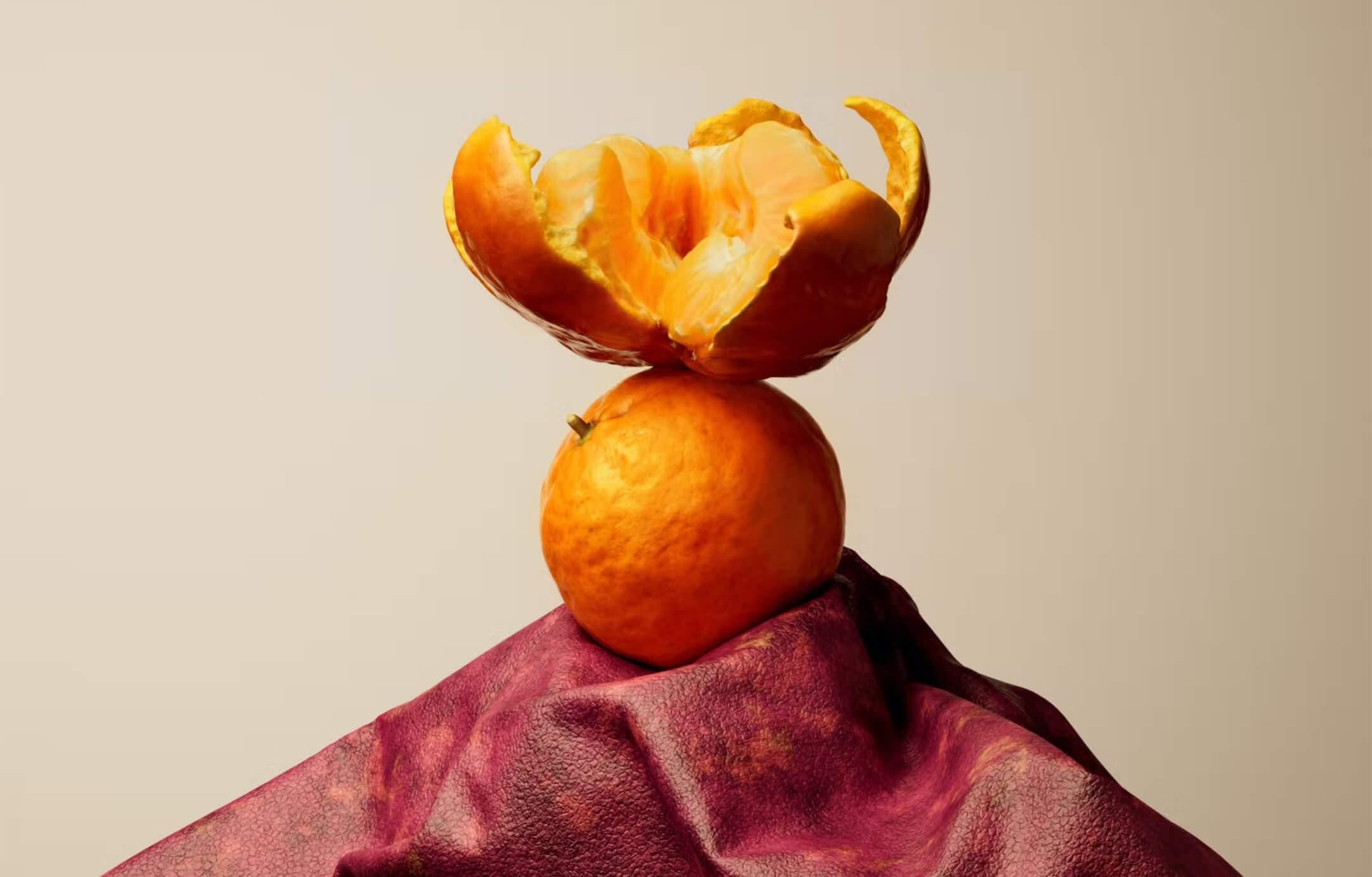
Frontier: And if the materials are available everywhere, is your plan to grow your operations or license your technology?
AGO: We want to license the technology to anyone, anywhere on the planet, where waste needs to be converted into biomaterials. Our first product is a leather alternative, but there are myriad applications for biofabricated materials, from human organs and wound healing to plastic and paper alternatives. Think about how McDonald’s has created thousands of facilities around the world in just six decades while maintaining a consistent experience …
Frontier: You want to create a giant eraser, an anti-McDonald’s that uses its franchise model to undo the effects of the petroleum-based economy.
AGO: Yes. The only way you can solve the system’s problems is from within the system itself. You need to rethink everything from first principles and make it better and more efficient. We can collaborate with nature to create a world with the same quality of life we now enjoy but without killing off so many other people and species as “externalities.”
Frontier: Can you share an example of working within the existing systems?
AGO: Currently, thirty percent of all the food we produce goes straight into the trash. We use fruit waste, and according to the UN the percentage of fruit that goes straight into the trash is closer to fifty or sixty percent. That material needed water, land, labor to grow it. So repurposing it saves more than just the material itself.
Frontier: When I read that your company uses “fruit waste,” I pictured rinds and pulp and the material that’s left behind after it’s been prepared and served.
AGO: That’s a common understanding. But we’re not talking about food waste at the point of sale, at a supermarket or restaurant. We’re talking about agricultural products that do not even leave the farms. Lots of waste is created “pre-market”: in the fields, at processing facilities, at brokers. We’re diverting materials from those streams first.
Frontier: And that material can be used to create more than just your current leather alternative …
AGO: Well, cellulose is the most widely produced biopolymer on the planet. Cellulose is what nature itself uses to create lots of other things. And scientists have already proven how to use it as a scaffolding material for all kinds of products: for skin grafts and vein replacements and, as I mentioned, vaccines in health; for edible meat alternatives; for paper and wood; for specialty cleaning materials. These bacterial cellulose products are not fantasy or science fiction. This wide availability, paired with the breadth of use, is why cellulose will be fundamentally bigger than mycelium or any other material. It will take time for this revolution to unfold, but we intend to make more products as our research and testing progress and our capacity grows.
Frontier: It seems like researchers and companies have to reason up the complexity chain, to get from simple stuff to more complex products. You mentioned a first-mover advantage, but nature has a four-billion-year head start.
AGO: Yes. Four billion years of evolution that we can read and learn from, like books. We deduce information from what we see around us and apply those lessons to our process. We are not inventing anything, per se. Nature has already invented all the solutions we need; this is just biomimicry. We’re applying nature’s solutions to solve climate issues.
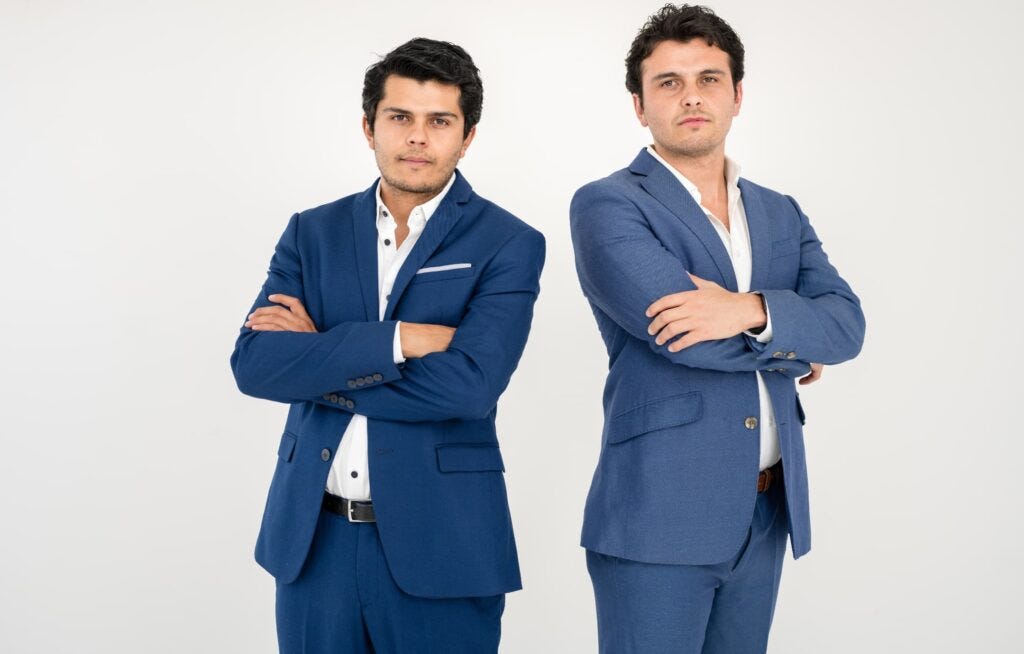
Frontier: You’ve taken on relatively little venture capital. Can you talk about how that decision is related to your business model and aspirations?
AGO: One of our company mantras is, “Respect cycles in nature.” The nitrogen cycle, the carbon cycle, the water cycle—they’re all efficient. Nature is very efficient; there is no waste, and the end of one process is simply the beginning of the next.
Since the inception of our company, we’ve tried to be very efficient at doing what we do. We keep things in-house to learn, apply lessons, and iterate more quickly. Doing so has led to a significant reduction in our costs. There’s a good quote from billionaire Mexican businessman Carlos Slim: “An engineer is someone who can make with one peso what it takes a non-engineer two pesos to make.”
But efficiency is only one part of it. The limitations we’ve self-imposed have inspired us to use our resources better.
The last part is that many peer companies were not founded by biologists. I am a biologist. I understand cells from a biological perspective. If you want to change the combustion engine and you don’t know about mechanics, it’s going to be very hard. The same is true for cellular agriculture. We can grow cells efficiently in an industrial process with big output in part because of our scientific background.
But as a final point about the business, let me say that we need to rethink competition. That is an outdated mindset. Because of the climate emergency, we need to find the best solutions, then get behind them.
Frontier: So you’re not concerned about the recently signed National Biotechnology and Biomanufacturing Initiative creating a whole host of US-based competitors?
AGO: Think back to the origins of the internet and to the early decade of Silicon Valley innovation. A lot of that work was funded by the federal government. I’m glad that the government today realizes that biofabrication is going to significantly change the economy, and with it our way of life, and is putting resources into those developments. We need to go full-throttle on biological innovation and biofabrication technologies because they’re the best solution to our present crises.
We need to incentivize circular production. The plant I’m standing in now is powered completely by solar energy. We recycle our water. We use waste as a raw material. We’re very efficient. To the extent that other companies can change their processes to emphasize circularity, we support that fully. We will all benefit.
For more about Polybion, visit its website. And for more on biofabrication, we recommend this new At a Distance podcast interview with fashion designer Suzanne Lee, the founder of Biofabricate.
Electric Shock
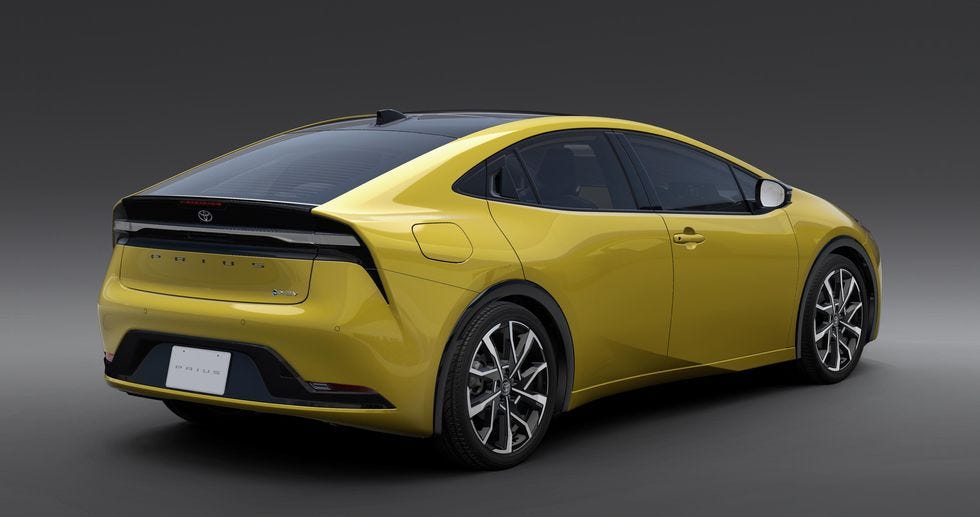
Twenty-five years ago, Toyota announced the Prius, the world’s first mass-produced hybrid car. Its early years brought industry awards but not huge sales, in part because its design did not reflect its forward-thinking engineering. Two decades of intermittent redesigns did little more to excite consumers outside a narrow put-climate-first demographic.
That explains, in part, the overwhelming success of Tesla, which created thrilling designs from the start. But the fifth-generation Prius, revealed last week, suggests that Toyota realizes it needs to create some buzz. Not only has the company dramatically increased its engine’s power, but it has also create a lower stance, a sleeker look, and sharp new headlight and taillight profile. As *Car and Driver* put it, somewhat sarcastically, the “2023 Toyota Prius Looks Shockingly Cool.”
Has the car giant finally caught up with Tesla—and also with Hyundai (with its retro-futuristic Ioniq), Rivian (with its playfully boxy R1T truck), Volvo (the suave Polestar), and even Ford (with its electric Mustang and F-150)? The Japanese company’s inability to focus on driver excitement, on overall experience, led it to squander its first-mover advantage in the hybrid and electric-vehicle space. Here’s hoping the new Prius is a sign of what’s to come from the world’s largest automakers. The broader adoption of electric vehicles depends on more than just specs. It depends, too, on the spectacular.
Recommendation: Any Distance
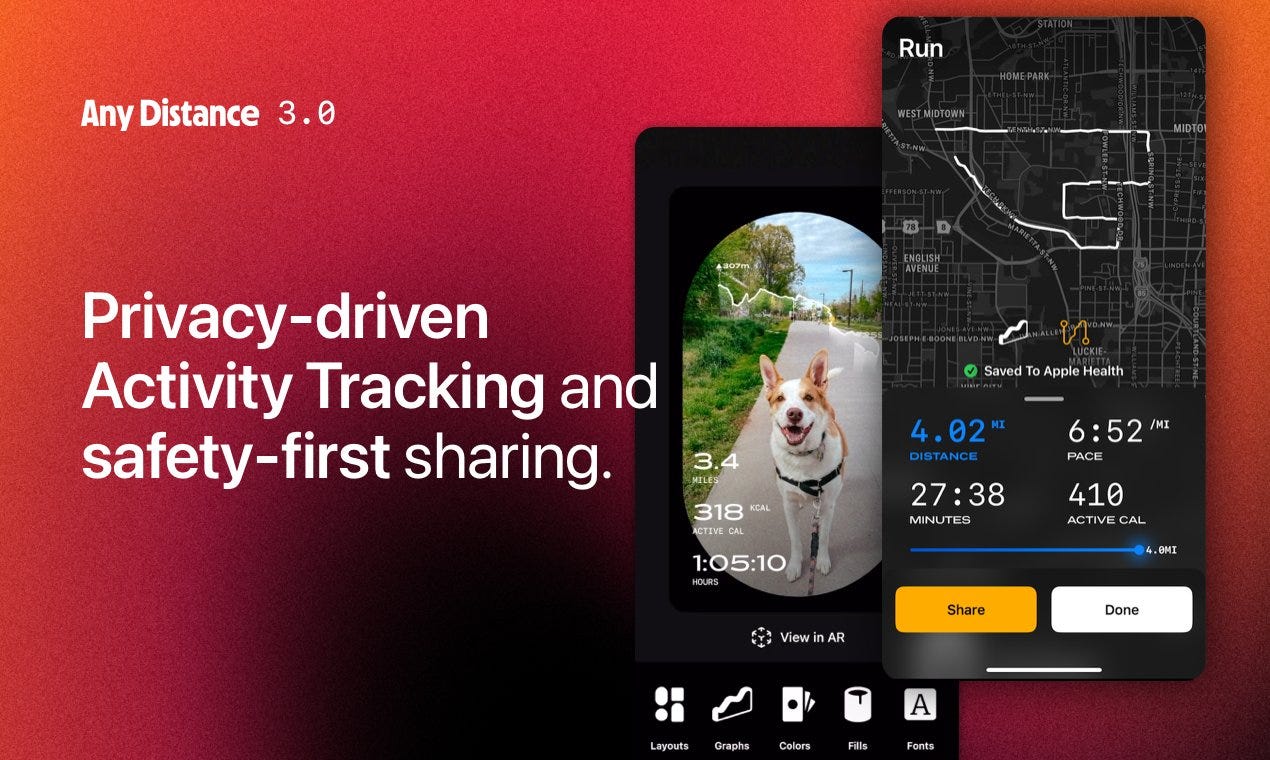
Any Distance is a high-design and privacy-first activity tracker for iOS. We’ve been watching the app develop for the better part of a year, since first seeing its elegant workout summaries hit our social-media timelines. Now it’s released in-app activity tracking for all users, and the company has brought its usual playful touch to the feature by including dog walks, stroller runs, and the TikTok-ubiquitous “hot girl walk” to its presets.
Unlike Strava, which notoriously revealed the structure of military bases through the heat maps of soldiers’ workouts, Any Distance doesn’t share data without your consent. And it even lets you clip the first and last 10% of your activity for increased privacy.
With an emphasis on celebration and fun collectibles, it’s a refreshing change from minimalist, utilitarian, and competition-focused peers. Read more about in this Twitter thread announcing its latest version or visit its page on the iOS app store.
Things That Make You Go 🤔 …
📚 In May 2020, we interviewed designer and researcher Mindy Seu about her research into alternate internet histories. Now her Cyberfeminism Index, designed by Laura Coombs and published by our friends at Inventory Press, is available for preorder.
🦊 Philosopher Martha C. Nussbaum’s February essay “What We Owe Our Fellow Animals,” which makes an ethical argument for us behaving more responsibly toward them, remains one of our favorites this year. Now she’s followed it up with a thought-provoking meditation on “the wild.”
Thank you for reading Frontier Magazine. This post is public so feel free to share it. See you next week!


